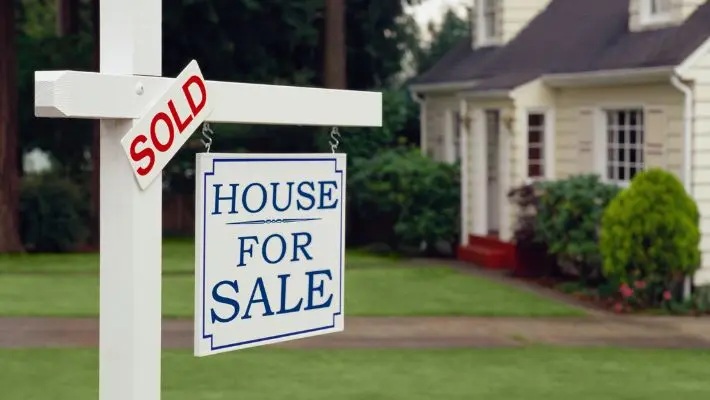
What is a CMA?
If you're selling your home, you need to make sure it's priced accurately. This is where a CMA helps. Here's how.
If you’re gearing up to list your home for sale, it can be daunting to know how to price it accurately and competitively. This is where a CMA from a professional real estate agent can easily help. Without one, sellers are at risk of pricing their home too high, deterring competitive bids, or pricing it too low, so they leave money on the table.
Learn more about what a CMA is, how it’s done, and its importance in assessing the value of a property before it gets listed.
What is a CMA and How is it Useful?
CMA is an acronym that stands for comparative market analysis. A CMA is a tool used by real estate agents to estimate the value of a property. This is done by comparing the property to similar ones in the same area that have recently sold to compile a report. By conducting a CMA, real estate agents can help homeowners selling their property price their home appropriately and accurately with the market.
If they price too high, they’re at risk of not selling. If they price too low, they’re risking missing out on profit. As a result, a CMA can help sellers get offers on par with their area, which also benefits prospective buyers by protecting them from unfair or inaccurate pricing. CMAs can also empower buyers with the information they need to make competitive (and attractive) offers on a home.
How is a CMA Conducted?

A comparative market analysis is usually conducted by the listing agent for the property being sold, although a buyer’s agent can also conduct a CMA if needed. First, the real estate agent gathers a list of a minimum of three similar properties in the same local area that have sold recently — at least within the last three to six months to accurately reflect market conditions. These are referred to as “comps”.
The agent then gathers all the information on the property being evaluated as well as the comps they selected. This allows the agent to have a holistic view of the properties at hand to compare their value. Property characteristics and qualities that make up a CMA include:
- The location of the property and qualities of the neighborhood
- The property’s lot size and square footage
- The number of bedrooms and bathrooms
- Any amenities, additions, or unique features
- The condition of the home
- The age of the property
Once an agent has these insights in hand, they can begin to conduct the CMA and compile their findings, which will inform the value of the home being listed for sale.
The Findings of a CMA
With this key information by property compiled, the agent will begin interpreting their findings. They do this by listing these qualities by each of the comps, and current property being evaluated, side by side. Then, the agent will work with other vendors, like contractors, or access historical data to evaluate the breakdown of costs for each feature of each comp.
Let’s say the first comp has more square footage than the second, while the second comp has a finished basement and the third comp has one that’s unfinished. First, the agent would get an estimated value of the additional square footage for the second comp. Then, they would get the estimated value of a finished basement versus an unfinished basement. The agent then repeats this for all features, like number of bedrooms, additions, amenities, square footage, and more across the homes being compared.

Once they have these final numbers, the agent can start to calculate the values of the comps to get a truer idea of the value of the property being listed. To start their calculations, agents take what seems like a backwards approach. For positive attributes, like the addition of another bedroom, the agent actually deducts the value of the attribute from the sold price of the comp. If there are negative attributes, like a lack of a fireplace or poorer condition, the agent adds the value to the sold price.
This approach enables the agent to get a truer comparison to the initial property’s value. At the end of this, the agent reconciles the differences of the comps against the home being priced to get a clear picture of its value and create the CMA. Agents can compile these findings in a presentation, like a PowerPoint, though more and more modern agents use software to create clear, concise, and visually appealing CMAs their clients can easily understand and digest.
If you’re thinking of selling your home, why not get a CMA to understand its true value? Contacting a top real estate agent in your area today on RealEstateAgents.com is the first step! They’re ready and equipped to help sellers like you understand the value of their home and ensure it’s priced accurately and competitively. Get in touch today!






